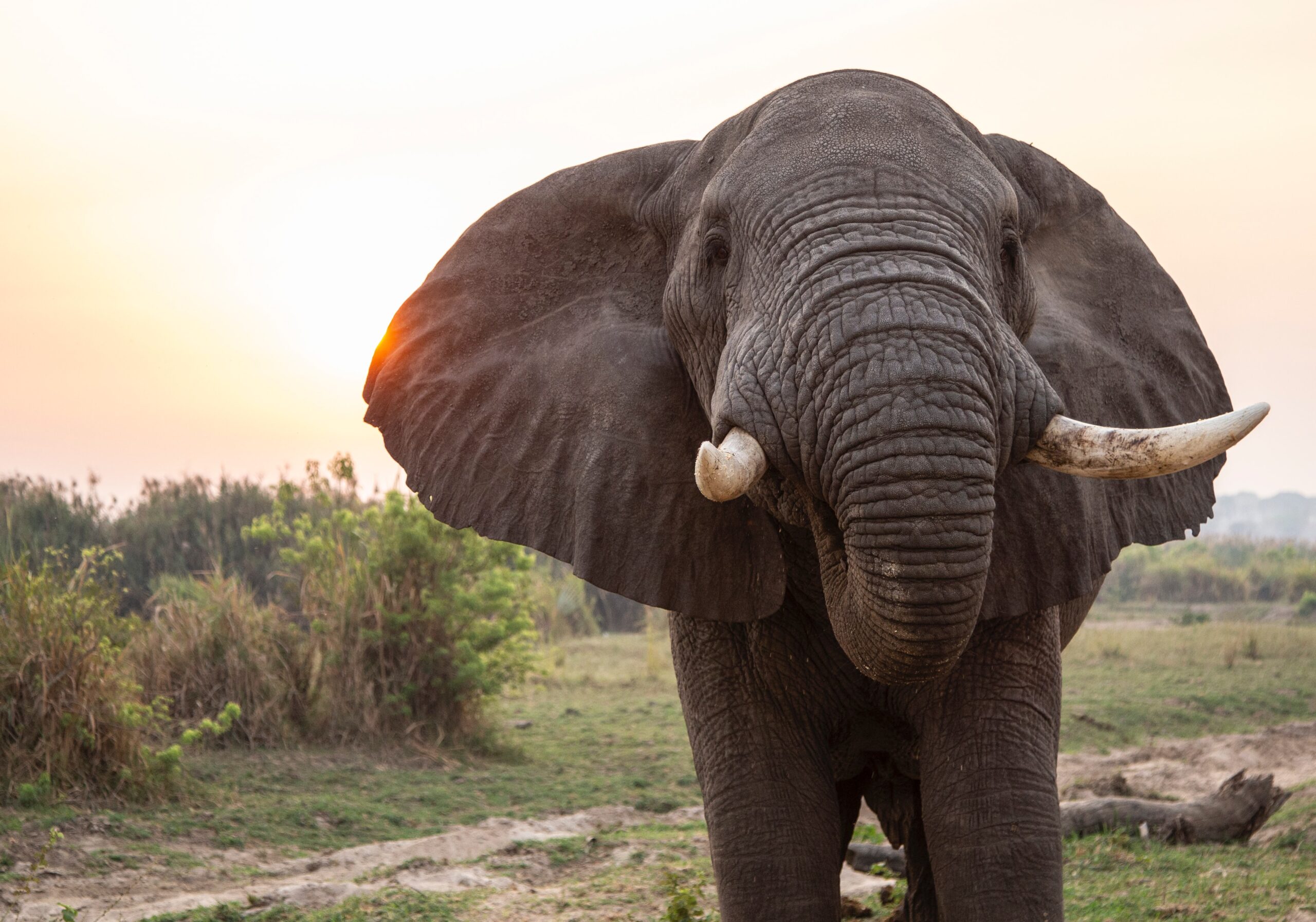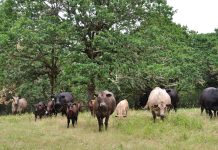Written by: Rishika Pardikar
Wildlife and open-canopy ecosystems like grasslands are rarely a part of discussions surrounding climate change mitigation. Now, a new review points to interactions between wild herbivores and vegetation to show how restoration efforts could be optimized by aligning climate goals with biodiversity conservation.
The idea that herbivores are necessarily bad for carbon storage because they consume and disturb vegetation is “far too simplistic and risks poor land management decisions with bad consequences for biodiversity,” said Jeppe A. Kristensen, the paper’s lead author and a fellow at the School of Geography and the Environment, University of Oxford.
Terming grasslands as “overlooked global reservoirs of carbon,” the research shows how herbivores redistribute carbon from aboveground vegetation (where it is vulnerable to disturbances like wildfire and disease) into more persistent belowground soil pools. Soil pools are composed primarily of undecomposed plant and animal residues (particulate organic matter) and more resistant carbon stabilized by interaction with mineral soil particles (mineral-associated organic matter).
By grazing, Kristensen explained, herbivores recycle plant material to the soil via dung and urine. Decomposers in the earth (mostly microbes, as well as larger animals like earthworms) feed on this nutrient-rich resource and bury fractions of it in the soil. By increasing the amount of carbon cycled through the soil, Kristensen and his coauthors argued, ecosystems with large herbivores may store a larger fraction of total ecosystem carbon in pools less vulnerable to perturbations than living plant biomass.
The paper presents a holistic framework of linkages between vegetation, large herbivores like elephants and wild boars, smaller organisms like earthworms and dung beetles, and microbes. Aboveground and belowground carbon sequestration services provided by these living elements of an ecosystem ought to be viewed as a whole rather than as a series of singular foci, the paper argues.
“There is a lot of focus on aboveground carbon. And nature management efforts are usually about increasing forest area. But soil carbon is an important aspect, and herbivores improve soil carbon and nitrogen sequestration,” said Judith Sitters, a researcher in forest and landscape ecology at Wageningen University and Research who did not contribute to the new paper. Sitters was, however, the lead author of an earlier paper that showed how megaherbivores (animals weighing more than 1,000 kilograms) increased both carbon and nitrogen pools in the soil. Sitters added that megaherbivores like elephants and rhinos have a far greater impact on key ecosystem processes than smaller ones like zebras because of the amount of food they eat and the amount of dung they deposit.
An Ecosystem-Wide Perspective
For millions of years, herbivores have been integral to how ecosystems work. Sumanta Bagchi, an associate professor with the Centre for Ecological Sciences and the Divecha Centre for Climate Change at the Indian Institute of Science, said the presence of herbivores changes “the quality and quantity of food supply for microbes in soil.” In the absence of herbivores, Bagchi said, “carbon’s residence time in the soil is reduced.”
Bagchi was not involved in the new review but is one of the authors of an earlier paper suggesting why moderate levels of grazing could promote net soil carbon storage in ecosystems. Maintaining the influence of large herbivores on grazing ecosystems through conservation and rewilding efforts could be of “high importance” for soil carbon sequestration, Bagchi said.
Kristensen agreed, suggesting “a mix of climate-friendly forests, high-yielding agriculture, more extensive semipastoral systems, and dedicated nature parks where biodiversity is given first priority” as perhaps the best way to optimize multiple goals like climate change mitigation and biodiversity conservation.
Scientists like Bagchi, Sitters, and Kristensen are not alone in highlighting the links between biodiversity and climate change. In 2020, two bodies of the United Nations (the Intergovernmental Panel on Climate Change and the Intergovernmental Science-Policy Platform on Biodiversity and Ecosystem Services) released a landmark report to highlight how “functional separation” between the fields of climate change and biodiversity “creates a risk of incompletely identifying, understanding and dealing with the connections between the two.”
Header Image Credit: Sam Balye/Unsplash

This story originally appeared in AGU’s EOS Magazine and is part of Covering Climate Now, a global journalism collaboration strengthening coverage of the climate story.







